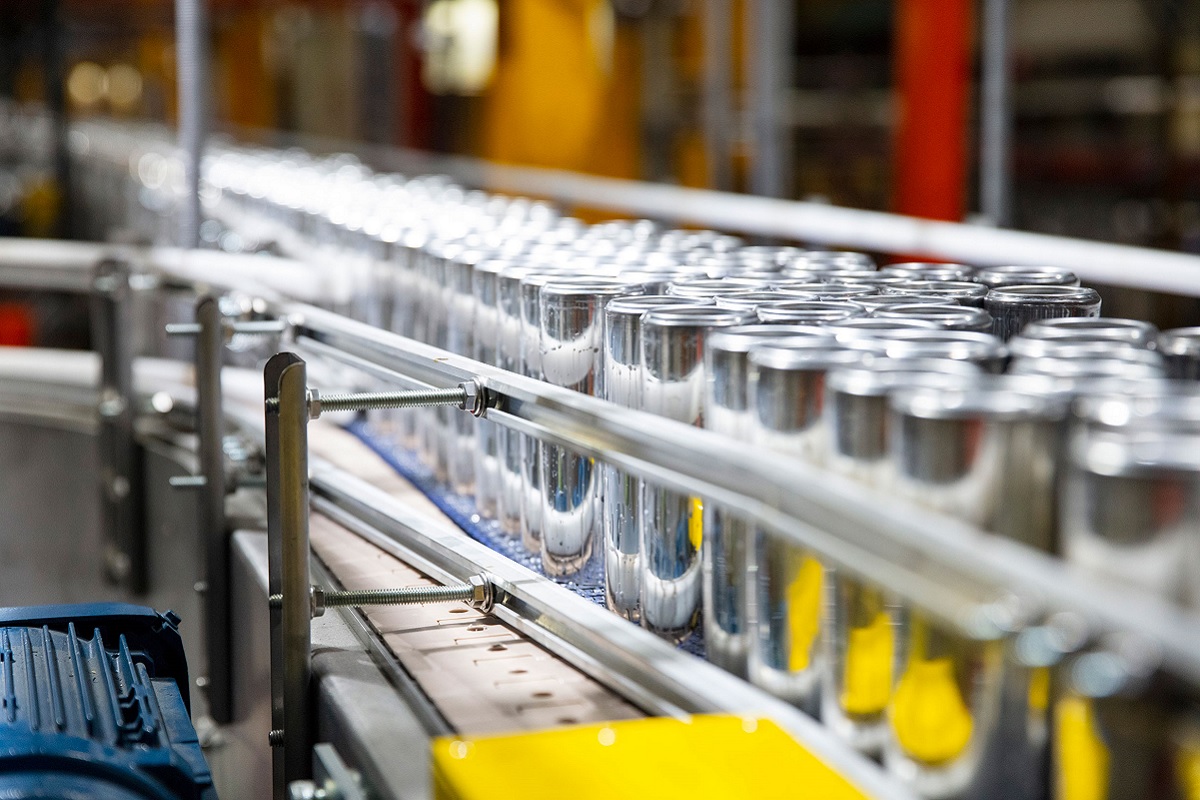Despite ongoing investment in NPD across the liquor market, new data from the IWSR shows a decline in the rate of innovation across all categories.
While the rate of innovation spiked during the Covid pandemic, for the third year in a row the total number of global NPD launches recorded a decline in 2023, reaching pre-pandemic lows of 2018.
Between categories, the nature and rate of innovation varies significantly, but according to the IWSR, spirits maintained its reputation as the most active category, accounting for more than half of all NPD in 2023.
The beer category was much less active, innovating at a rate of less than 10 per cent of that of spirits, but it has typically generated the highest overall value from NPD over the last 10 years.
Luke Tegner, Director of Consulting at IWSR, explains: “Although the rate of innovation is much lower for beer, the economics of beer are very different to those of wines and spirits.
“In beer you need much larger volumes from each individual innovation in order to get a decent return. The beer industry is also more consolidated amongst a few players who tend to launch bigger, but fewer, launches.
“Brewers are faced with higher fixed costs of brewing and distribution (such as fridge slotting fees) as well, so while beer will have fewer innovations in numbers, they need to amortise costs across much higher volumes from each launch.”
Taking a closer look at the spirits category, which represented 57 per cent of global innovation launches in 2023, much of this volume comes from whisk(e)y. In particular, Scotch whisky dominates global whisky innovations, being the most active segment in 2023 and accounting for more than half of whisky innovations.
Other spirits categories saw significantly less NPD than whisky in 2023, with gin seeing the biggest decline in category innovation globally. Innovation in tequila and vodka was driven by flavour as consumers seek unique spirits options.
Incremental innovation
Despite significant growth for the RTD category in recent years, RTDs only accounted for five per cent of global innovation launches in 2023, up one per cent from 2018 after spiking at seven per cent in 2020.
According to the IWSR, although the rate of innovation is lower in RTD than other categories, it has the strongest initial impact, with NPD accounting for a much larger share of the category’s sales value.
Susie Goldspink, Head of RTD Insights at IWSR, commented: “Consumers like trying new products. As the category initially grows and establishes itself, the more new options there are, the better. However, there comes a tipping point.”
In order to avoid saturation, the IWSR indicates the importance of well-considered innovation strategies. One such example of innovation saturation is craft beer, which saw rapid growth in the US with high levels of innovation, and despite continued innovation launches, sales volumes are now in decline.
The number of RTD brand lines tripled in the US between 2018 and 2022, but double-digit category growth between 2018 and 2021 has now flatlined, which could indicate a similar trajectory if innovation is not considered.
Marten Lodewijks, President of the US Division at IWSR, added: “Consumers love novelty and variety. But exploration needs to be tempered with brand building, and if brands are constantly changing their offering, consumers won’t understand what a brand stands for.
“This is best exemplified by how some larger RTD players tend to keep hero SKUs in their portfolio, so consumers have an anchor, i.e. innovation is intended to be incremental, not a substitute.”
On the other hand, lack of RTD innovation led to a slowdown of the category between 2021 and 2022 in Brazil, with sales uplifting again in early 2023 when suppliers began investing in innovation again, highlighting the value of innovation when the consumer and supply chain demand it.
Tegner says: “There needs to be a desire on the part of retailers and on-trade to fill gaps in their listings, and to try new propositions. As more listings are occupied by established successful products that are making money for the supply chain, there is less demand to list new products and therefore less scope for innovations to achieve successful listings and rates of sale. As such, brand owners need to be strategic in how and why they invest in NPD.
“If our analysis tells us anything, it’s that innovation has historically been a key value driver, and while the current slowdown is likely symptomatic of brand owners responding to a cooling market, they should not step away from innovation entirely. Rather, now is the time for more targeted, considered NPD.”

